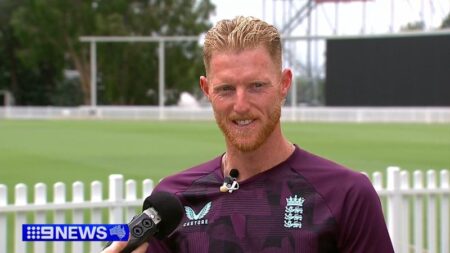She said 21 teachers at Queenwood have been part of the trial AERO writing program, including in English, PDHPE, geography and history. The program was also trialled by seven Catholic schools in northern NSW and is set to be adopted next year across 30 schools in the Lismore diocese.
Loading
AERO chief executive Jenny Donovan said the evidence-based resources make clear why writing matters. “It is not an innate ability, and needs to be taught explicitly so that students can effectively demonstrate their knowledge,” she explains.
The AERO writing analysis, published in 2022, showed that most Australian year 9 students were writing sentences at the average level of a year 4 student, and using punctuation like children in year 3. It also showed a decline in persuasive writing skills, with the drop worse for high school students.
Three years ago, the NSW syllabus was overhauled to put a central focus on grammar, sentence structure and punctuation after a state review found writing had been neglected in high schools.
Birch says that in the past, students would pick up writing skills “by osmosis”.
“If you showed students a good writing example, or quality literature, they would figure out the grammatical structures and mimic it,” she says. “But it is more complex than that. They might be able to copy a dependent clause or an independent clause but if they don’t know what those two things are, it’s unlikely they’re going to be able to copy that structure in novel situations.“
The AERO writing analysis … showed that most Australian year 9 students were writing sentences at the average level of a year 4 student.
Donovan says emphasis on teaching how to write is even more critical with the rise of generative AI, and warns against moving high stakes exams such as the HSC online. “We’ve also got to be very careful about the amount of technology kids are exposed to in classrooms, especially in the early years,” she says.
Head of English at Queenwood, Dylan Chalwell, says a focus on writing instruction across subjects has contributed to student improvement.
“Teachers are now using the language of complex, compound and simple sentences,” he says. “That’s been a big shift. It’s not just a teacher saying ‘here are some good sentences you could use’, but using the language of types of sentences.”
Retrieval routines at the start of class are critical, he explains. “I might ask students to recall a piece of information from the last lesson, then ask them to express what they have recalled using a complex sentence or using verbs from a specific list.”
Loading
Birch says at Queenwood, the lift in writing comes when choosing effective sentence structures becomes second nature.
“That fluency frees your brain to write more meaningful things and express more complex ideas. What lifts a student from strong to exceeding [in NAPLAN] is when a student can present multiple viewpoints and hold two ideas in one sentence. That allows for a student to express ideas in creative ways and show critical thinking,” she said.
Read the full article here














